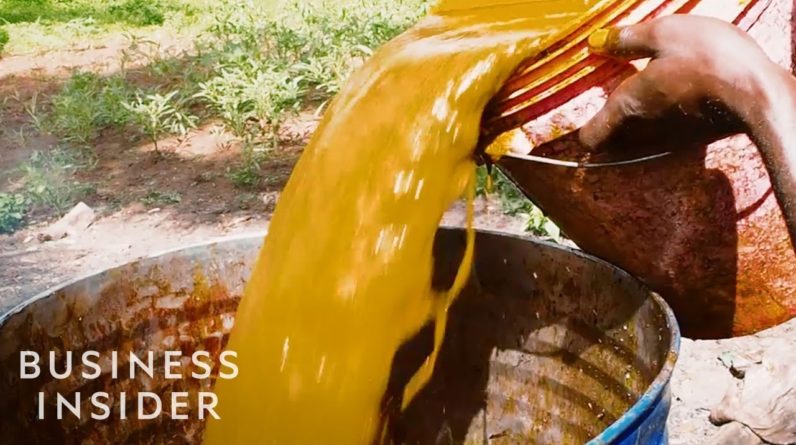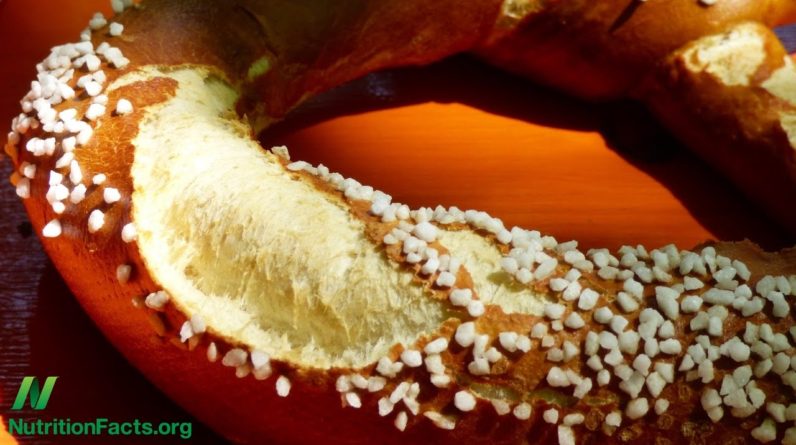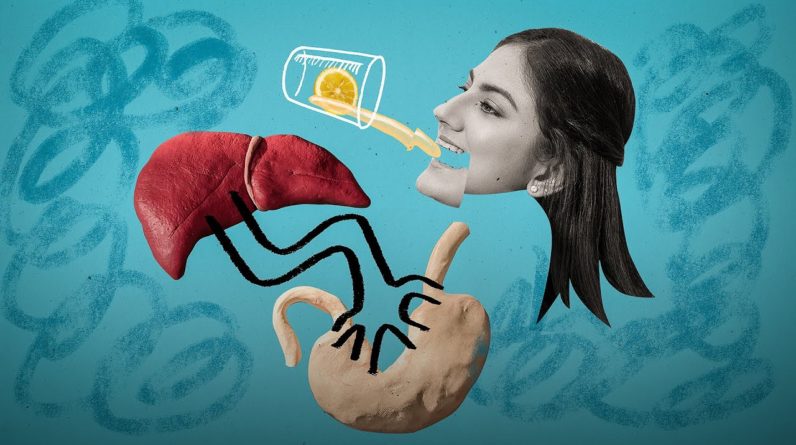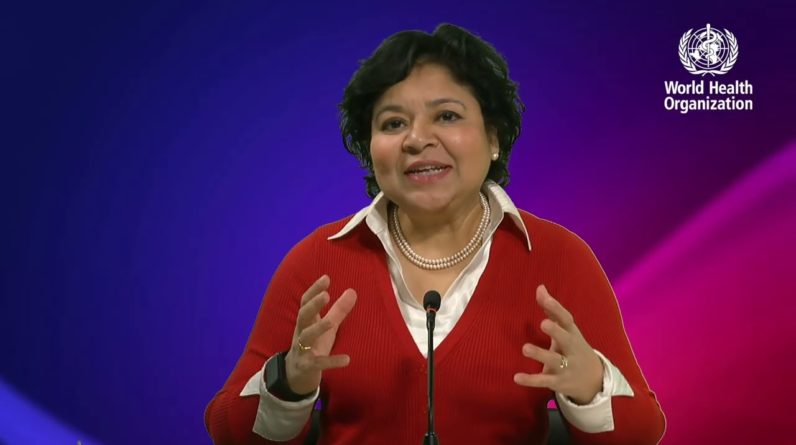
Palm oil is cheap
and ubiquitous. It's used in thousands
of everyday products and is the most widely
consumed vegetable oil on the planet. You can get a kilo of
palm oil for just $2. But its usage has become
unsurprisingly controversial, as huge areas
of rainforest have been cut
down or burned to make way for
palm plantations. So why is this oil
still so cheaply and readily available? Palm oil is
in everything, from chocolate
to bread, instant noodles
to shampoo. And without even
really thinking about it, globally, we each
consume, on average, about 8 kilos of
palm oil every year. But even if you look
through the ingredients of your product, you may not be
able to spot it. Because written on
the back label, you could see
any of these.
These days, Indonesia
and Malaysia make up 85% of all palm
oil production. But the oil palm species
used actually originated in West Africa. The trees were introduced
to Malaysia in 1875, but for 100 years,
something was missing. For years, the flowers
were pollinated by hand, requiring hundreds
of workers and limiting efficiency. Until, in 1981,
African palm weevils were introduced
to the country. These little beetles
pollinated the plants with no extra work
from humans, and, suddenly, palm
oil yields boomed. Since this, palm
oil's popularity has done
nothing but rise. Demand spiked
again in the '90s, as companies
suddenly realized the negative
health implications of the trans fats found
in many processed products and replaced them
with palm oil. And as ultra-processed
foods increased, so did the use of the oil. But this incredible
rise came at a cost. The rapid expansion of
palm oil plantations has led to the destruction
of huge areas of tropical rainforest, creating dangerous
CO2 emissions and destroying the
remaining habitats of already
endangered species.
Dan Strechay: It's
extremely cheap. It's shelf-stable. It has natural
preservative qualities. It is a really good
vegetable oil, but the fact is, it
has been grown in a way that's caused a
lot of environmental damage and has also
impacted communities and the workers that
have been employed to harvest the material. Narrator: Seeing the
devastation caused, your first instinct might be
to cut out palm oil completely. But searching for
an alternative might actually
make things worse. Palm oil is so efficient that using an alternative oil would require up to 10
times the land to grow.
This efficiency is the main
reason the oil is so cheap. Oil palm trees are
evergreen and perennial. They produce
oil all year round and can happily grow in soils
that many other plants can't. NGOs and companies
from around the world came together to set up the Roundtable on
Sustainable Palm Oil in 2004 to create
a set of criteria to grow this crop sustainably. But it's only since 2018 that the Roundtable
has embraced the high carbon
stock approach, a system that helps identify
valuable areas of forest and keeps the
palm oil they certify completely
deforestation-free. Strechay: The fact is,
it's just a plant. It's how and where
we've done it and how we've grown it
that causes the problem, but that means that
it's a human problem. We created the issue.
That means that we
also have the ability to solve that issue,
to fix that issue. Narrator: Fixing
this problem isn't going to
be easy, though. Joss Lyons-White: There are
numerous barriers that exist for companies
trying to implement zero-deforestation
commitments. So, one of
those is the fact that you have highly
complex supply chains, and it's difficult
to know exactly where your palm
oil is coming from. Another one is that
you have varying levels of government support in different regions
that produce palm oil. And the extent
of government support, it plays an important role in whether a
company can produce without deforestation,
for complex reasons. Narrator: So, are
we doing enough? The Roundtable now
certifies about 19% of palm oil worldwide,
but getting to this point has been a long, slow process, and we're running out of time. Kristjan Jespersen:
Critically, global consumption for palm oil will
invariably increase until 2050 as we approach
9.6 billion people. Lyons-White: You also have
to set the persistence of large markets, such
as China and India, where there is much more
of an emphasis on price rather than the sustainability
profile of the product, and this means that if
you're a manufacturer, say, and you're trying
to buy palm oil and encourage
your suppliers to make sure that their
production is deforestation-free, you have
limited leverage because they always have
an alternative market they can sell into.
So there are
these challenges with implementing a commitment
to zero deforestation, which make it very
difficult to achieve. Narrator: India, China,
and Indonesia now account for nearly 40% of
all palm oil consumed, and it looks like palm oil
is going to remain cheap for a while longer, but the cost to the planet
could be devastating. But it's not just palm
oil that's the problem. Lyons-White: Palm oil
still pales in comparison in terms of its contribution
to deforestation.
It pales in comparison with
cattle and beef products, which some estimates
indicate may be responsible for as much as a quarter
of all tropical deforestation. Narrator: Global Canopy
published a list of 500 companies and
financial institutions linked to tropical
deforestation from soy, palm, cattle, and timber. Only half of these companies
have made zero deforestation a commitment by 2020. And not a single
one of these companies is on track to make this target.
Global Canopy also says that, despite the commitments
that are being made, evidence shows that rates of
commodity-driven deforestation have not decreased since 2001. Strechay: Whether it's
palm, soy, beef, leather, all ingredients, companies
have a responsibility not to wait for the
consumer to make the demand. They have a responsibility to do it before the
consumer demands. Any forest that's
being cleared as we face what many would call a
climate crisis is too much.
So what we
know we have to do is we have to take
a very hard look at how we consume things, why we're consuming it, and how we go about sourcing and
growing our materials like palm oil or
soy, beef, or cotton..







